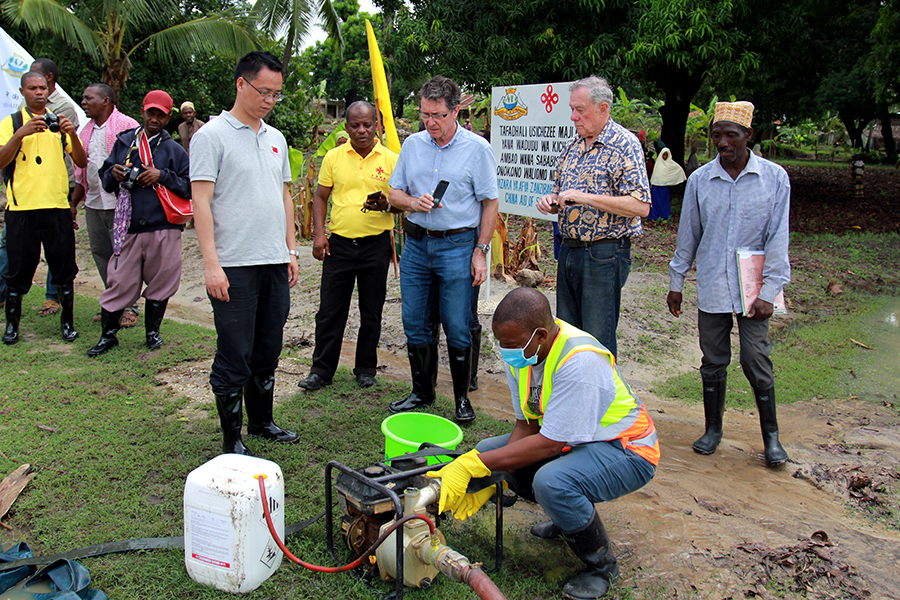Successful fight waged against waterborne killer


Many patients with the disease experience distended stomachs, as they accumulate fluid in the peritoneal cavity, the fluid-filled gap between the walls of the abdomen and organs contained within the abdomen. In advanced cases, women who are infected become infertile and children experience dwarfism-short stature resulting from a genetic or medical condition.
Chinese have been battling the disease for more than 2,000 years. In 1971, in Changsha, Hunan province, the body of a female was unearthed at a tomb used during the Western Han Dynasty (206 BC-AD 24). Scientists later found the eggs of a parasitic flatworm known as a schistosome in the body.
In 1905, in the first confirmed case of schistosomiasis in China, schistosome eggs were found in the feces of a farmer in Changde county, Hunan.
Up to the 1950s, the disease was prevalent in 350 counties across 12 provinces and municipalities in China, including Shanghai, Jiangsu and Zhejiang. More than 10 million people were infected and over 100 million were exposed to it.
Stricken soldiers
In 1949, when the People's Republic of China was founded, the country started to battle the disease.
In May that year, after the PLA liberated Shanghai, the 9th Corps of the 3rd Field Army, stationed in the Shanghai suburbs of Songjiang and Jiading, were training for the battle to liberate Taiwan.
However, after exercises held in water, many of the 100,000 troops became infected with schistosomiasis and developed rashes, fever and diarrhea.
With the help of a Chinese researcher who graduated in the United Kingdom, a schistosomiasis control committee was quickly established in suburban Shanghai. In December 1949, more than 2,000 medical workers and students from hospitals and medical colleges in the city joined the committee to treat the soldiers.
































